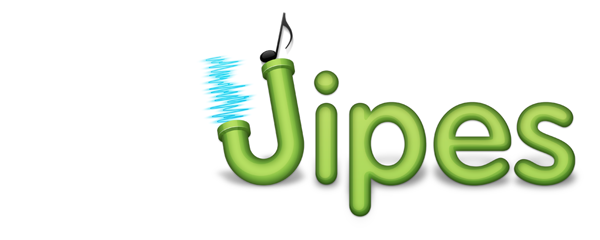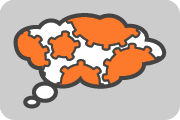Introduction
Jipes is an open source library that allows you to efficiently compute audio features. Possible uses for these features are general music information retrieval (MIR) applications or more specifically personal music software like beaTunes.
Unlike many other digital signal processing (DSP) libraries or frameworks, Jipes is not meant for real time processing of a single audio stream that is manipulated and eventually played back. Instead, it focuses on efficiently executing multiple processing pipelines that transform a signal into a feature or feature set. While doing so, Jipes attempts to avoid duplication of work, by applying some simple optimizations. For example, if two pipelines each require the same audio data, a certain window size, application of a Hann window and the transformation of the signal via FFT, Jipes will perform these processing steps exactly once. Only when processing steps are different or too complex to optimize, two different steps are executed.
Since Jipes focuses on features instead of the raw, untyped signal streams; it supports rich types to be used, where other frameworks only offer arrays of raw data. Also, by using Java generics, many core interfaces and classes can be typed to whatever class you see fit for the purpose. That does not mean that Jipes comes without any useful pre-defined types or support for raw arrays. Classes for both simple audio buffers and different kind of spectra can be found in the audio specific sub-package of the library, while many useful functions for processing data arrays are offered in the math sub-package.
Even though Jipes is written in and for Java 6, an object-oriented language, it borrows some functional concepts. One of the key interfaces in Jipes is that of the MapFunction. It does what you might suspect - it maps some sort of data into other data of the same type. This principle is useful for example for a simple filter or mapping of a pitch vector to a chroma feature. Other functions let you aggregate data or compute the distance between two objects. Most of these functions can be defined for simple float arrays and then wrapped by classes appropriate for richer level objects like audio buffers.
So rather than writing horrendous spaghetti code, Jipes fosters re-use by encouraging the programmer to code solutions in functions. And if it is not possible to create a simple function for the desired purpose, one can still create a new signal processor-the next higher level abstraction.
In Jipes, signal processors connected to each other, form so called pipelines. To support abstract and better handling of long processor chains, these pipelines aren’t just called pipelines, there is also a real pipeline class. It lets you create pipelines you can handle just like a regular, single signal processor (Composite pattern). In the end, features are nothing else but the product of a pipeline.
License
Jipes is licensed under LGPL.



